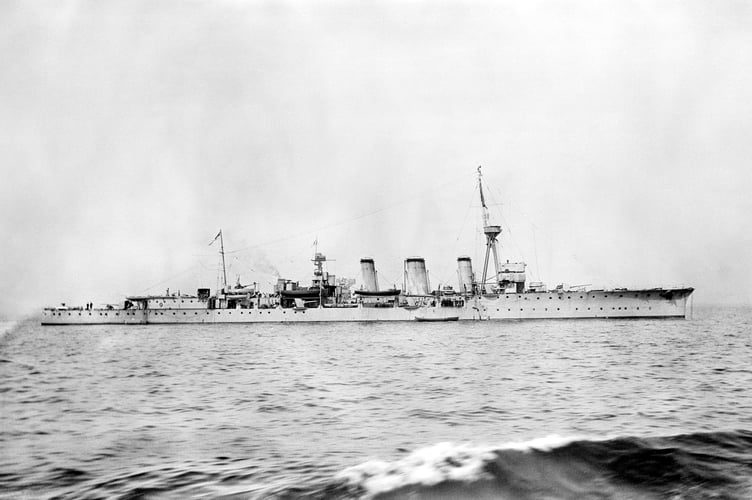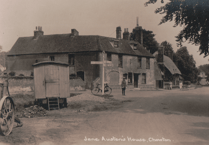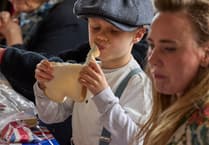The story of Buriton villager Walter Nelson Clark’s participation in the largest sea battle of the First World War is making waves Down Under.
His is among 80 short stories selected from several hundreds of entries in a competition for publication in a book showcasing the best of family history writing by authors from across Australia.
The book is published by Family History ACT and Walter’s story is titled The Soldier who fought at Jutland – a reference to the fact that for 27 days in 1914 he had the distinction of being enlisted simultaneously in both the Army and the Royal Navy.
Walter’s story was discovered among both army and naval service records during more than 30 years of research into Buriton’s First World War veterans undertaken by Clive Harfield, a former Hampshire police officer now head of criminology and criminal justice at the Thomas More Law School, Australian Catholic University, members of whose family lived in Buriton from 1862 to 2008.
Having enlisted as a Territorial Reservist in the 9th (Cyclist) Battalion, Hampshire Regiment in May 1914, Walter Clark was mobilised at the outbreak of war, but was medically discharged in November 1914, unfit to cycle because of a pre-existing medical condition.
Awaiting his discharge from the Army, Walter re-enlisted in the Royal Navy, in which he had served as a stoker from 1900 to 1912. From December 1914 he served on HMS Caroline, the last surviving warship from the battle of Jutland and now a tourist attraction at Belfast dockyards (pictured).
Walter was honourably discharged from the Royal Navy in April 1918.
One in four of the total Buriton population in the First World War served in the armed forces, and half of them were either killed or wounded. Walter Clark was one of 11 Buriton villagers who fought at the Battle of Jutland, two of whom – Tom Hill and Alfred Kilhams – were killed in that battle.
Harfield’s research data is deposited in three volumes in archives at the Hampshire County Record Office (Winchester) and at the Imperial War Museum (London) for the benefit of other researchers.
Buriton: The Village That Went to War comprises a biographical dictionary of more than 250 Buriton villagers who served in military or medical capacities during the First World War, and a day-by-day chronology of what happened to the villagers throughout the war.
In the third volume of data are stories of the villagers illustrating not only their histories but also, indirectly, how these were painstakingly researched.
Harfield’s other publications relating to Buriton’s history are:
- A Rector’s legacy: Notes on the parish of St Mary, Buriton, 1889, written by Rev John Gedge for the benefit of Rev Alfred Martell.
- Proceedings of the Hampshire Field Club & Archaeological Society, volume 50 (1994), pages 193 to 207: Constructing a village memory: significance and story in the Buriton roll of honour.
- Hampshire Studies: Proceedings of the Hampshire Field Club & Archaeological Society, volume 77 (2022), pages 194 to 216: Buriton and the Spanish Flu (http://buriton.org.uk/2019/10/28/buriton-spanish-flu/)





Comments
This article has no comments yet. Be the first to leave a comment.